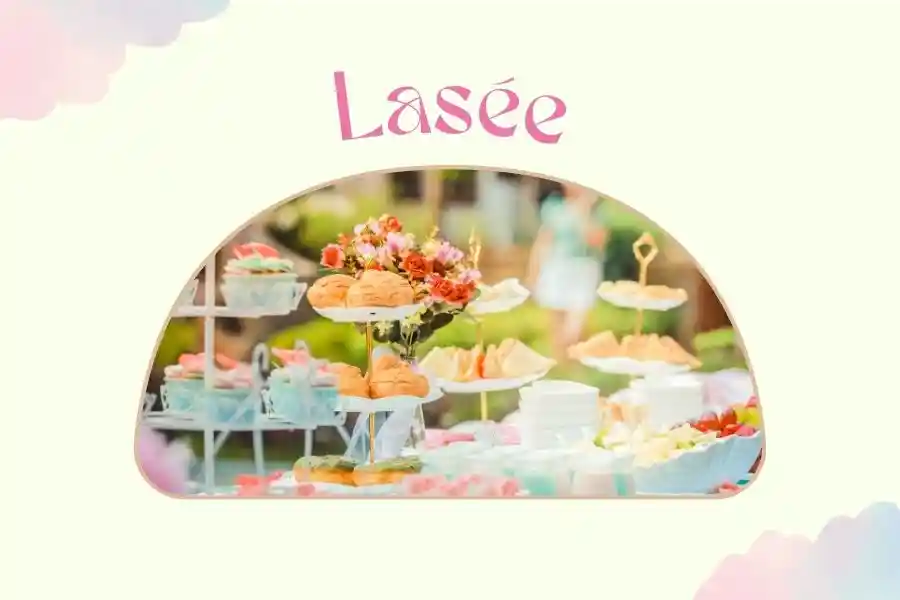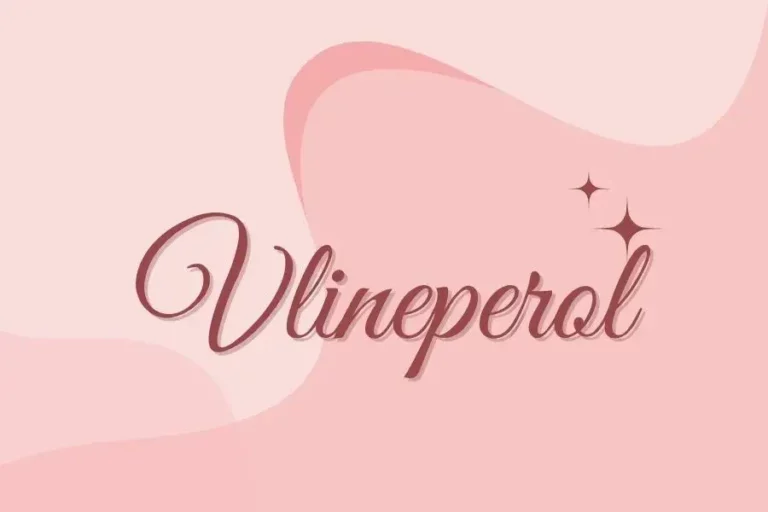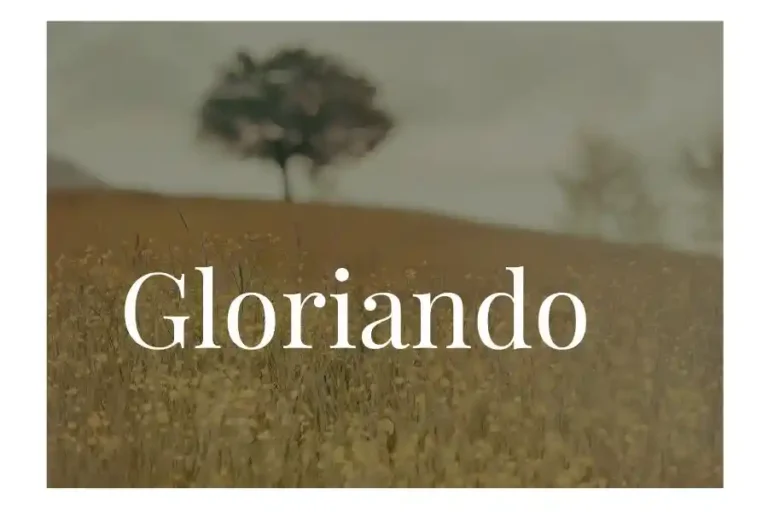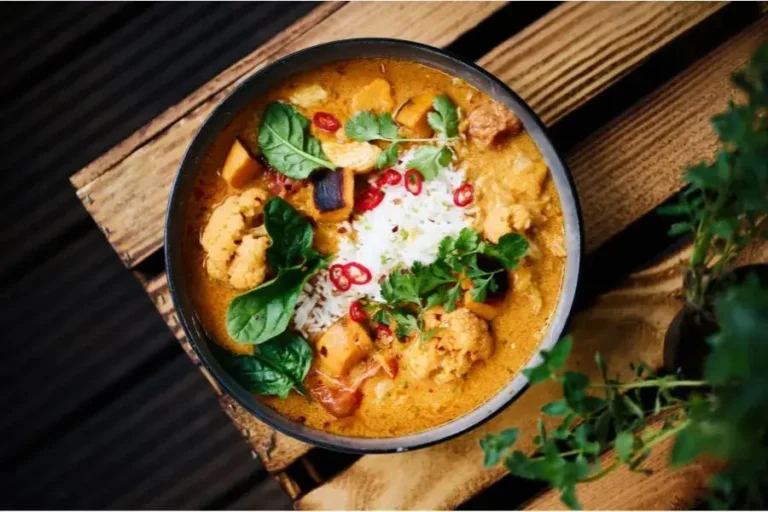Lasée: Unveiling the Diverse Tapestry of a Culinary and Cultural Art

In the vast realm of culinary arts, a unique and captivating trend has emerged, stunning enthusiasts’ eyes and taste buds worldwide. The intricate lattice patterns on latticed pastry shells, filledwith sweet cream and fresh fruit, have taken social media by storm.
This culinary phenomenon is none other than lasée, a technique that transcends borders and turns pastry into edible art. Originating in Italy, lasée has evolved into a global sensation, with pastry chefs crafting breathtaking masterpieces. This article delves deep into the multifaceted world of lasée, exploring its various forms, cultural roots, and avenues for indulgence.
Unveiling the Origins: Lasée as a Haitian Elixir
While images of lasée pastries dominate the social media landscape, there exists another less-explored facet of lasée – the traditional Haitian alcoholic drink. In Haitian Creole, ‘lasée’ translates to ‘the squeezed,’ capturing the essence of how sugarcane is pressed to extract its sweet nectar.
The journey from sugarcane stalks to the final concoction involves a meticulous process. Harvested sugarcane is peeled and fed through a mill to extract flavorful juice, then boiled with spices like cinnamon, clove, lime, and anise. The resulting syrup is blended with clairin, a robust spirit distilled from sugarcane juice, and sometimes mixed with water or milk.
The result is a creamy, fragrant rum punch served over ice and garnished with lime, cinnamon, or star anise. Beyond being a delightful beverage, lasée is deeply intertwined with Haiti’s colonial history and serves as a source of national pride, connecting present-day Haitians with their rich traditions.
Tracing the Threads: The Hmong Tapestry of Lasée Embroidery
The roots of lasée also extend to the Hmong people, whose intricate textile artistry bears the same name. Originating in Asia, these textiles travelled with the Hmong through generations and across continents.
The lasée, a labour of love, showcases meticulous hand embroidery and symbolizes cultural pride, family, and identity. Each symbol depicted on the textiles carries a unique meaning, representing values such as good fortune, longevity, or fertility. As the Hmong migrated to the United States, lasée making became a means of preserving cultural heritage and passing traditions to younger generations.
The textiles, made from handwoven cotton or hemp fabric, depict nature’s elements with vibrant colours and intricate details, transcending their status as mere decorative cloths. The lasée, for the Hmong people, is a living embodiment of history, culture, and the human experience.
Crafting Edible Lace: The Art of Making Lasée Pastries
Now, let’s focus on the mouthwatering realm of lasée pastries. Unlike their alcoholic counterparts, lasée pastries hail from the culinary landscape of Italy and have evolved into a global trend. Crafting lasée pastries involves a delicate dance of ingredients and techniques, resulting in a creamy French custard dessert. The primary ingredients include egg yolks, sugar, milk or cream, and optional vanilla extract.
The process entails whisking the egg yolks and sugar, heating the milk or cream with vanilla, slowly blending the hot milk into the egg mixture, straining for a smooth custard, and cooking until the desired thickness is achieved. The final step involves chilling the lasée before serving, with options to top it off with fresh fruit or nut praline for added texture and flavour contrast. This delectable dessert, born from meticulous craftsmanship, is a luscious treat for any occasion.
Varieties Unveiled: The Many Faces of Lasée
Lasée, in its various forms, caters to diverse tastes and occasions. Here are the main varieties:
Loose Leaf: Featuring large, broad leaves that are not rolled or twisted, loose leaf lasée offers an earthy, herbaceous flavour. It comes in green, oolong, and black varieties.
Rolled: Twisted or curled into small balls during processing, rolled lasée retains moisture and flavour. Oolong rolled lasée boasts orchid and lilac notes, green rolled lasée has a vegetal, seaweed-like flavour and black rolled lasée is robust with hints of malt and cocoa.
Pressed: Compressed into blocks or cakes, pressed lasée comes in dark varieties like pu’erh and lighter oolong styles. The dense compression gives it an earthy, woodsy flavour with sweet undertones.
Flavoured: Infused with additional ingredients like flowers, spices, or fruits, flavoured lasée offers a more precious, more aromatic experience. It serves as a delightful dessert or afternoon treat.
Savoring the Tapestry: Where to Find and Enjoy Lasée
Satisfying your lasée cravings can take various forms
Local Specialty Stores: Explore Asian markets and upscale grocery stores for fresh or frozen lasée, lasée kits, and related ingredients. Support local businesses and find convenient options.
Online Retailers: The vast world of lasée products is at your fingertips. Shop online for traditional ingredients, pre-made lasée, or unique flavours like ube, matcha, and champurrado. Discover new favourites or stock up on classics.
Dining Out: Authentic Thai restaurants, especially in areas with a large Thai population, often feature lasée on their dessert menus. Indulge in the taste and appreciate the artistry behind this treat.
Take a Virtual Tour: Unable to experience lasée in person? Embark on a virtual tour through travel and food vlogs. Witness the intricate process of combining coconut milk and rice flour, topped with sweet garnishes. Gain insight into the cultural tradition and craft behind this delectable dish.
Conclusion
In conclusion, lasée transcends the boundaries of a mere culinary trend; it is a cultural tapestry woven with threads of tradition, history, and artistic expression. From the sugarcane fields of Haiti to the the intricate embroidery of the Hmong and the delicate pastries of Italy, lasée has evolved into a global phenomenon.
Whether sipping on a glass of Haitian lasée, marvelling at the craftsmanship of Hmong textiles or indulging in the creamy the delight of French lasée pastries, one cannot escape the richness of this culinary and cultural tapestry. If you also want to read about Summer Retreat Girls then visit that post.
FAQs
Is lasée a dessert, a drink, or both?
Lasée encompasses a traditional Haitian alcoholic drink and a French custard dessert. The term’s meaning varies based on cultural and culinary contexts.
Can I make lasée pastries at home?
Absolutely! The article provides a step-by-step guideto crafting lasée pastries, offering a delightful treat for any occasion.
Are there other cultural variations of lasée?
While the article explores Haitian and Hmong variations, lasée’s cultural tapestry extends further, with each variation telling a unique story.
Where can I find lasée-making supplies?
Local speciality stores, both physical and online, are excellent sources for lasée-making supplies, ensuring you have everything you need for your culinary adventure.






